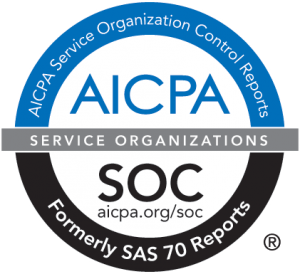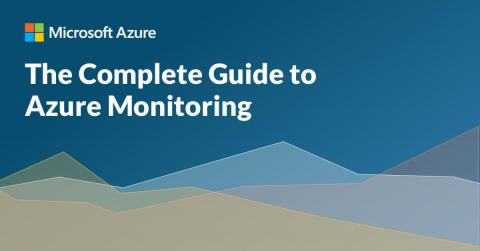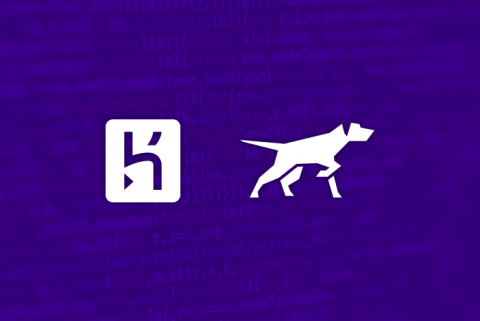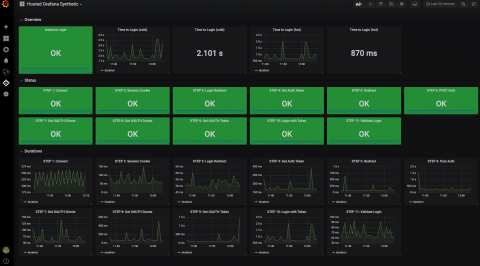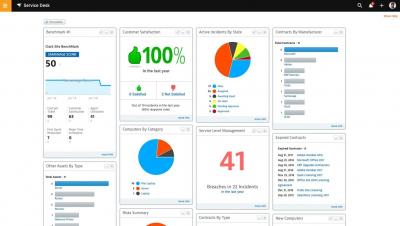StatusCast Achieves SOC 2 Compliance
COLUMBIA, Md., June 18, 2019 — StatusCast, a leading SaaS provider of Corporate Status Pages, is pleased to announce the successful completion of a Service Organization Controls (SOC) 2 attestation engagement covering the trust principles of Security, Confidentially, and Availability.


